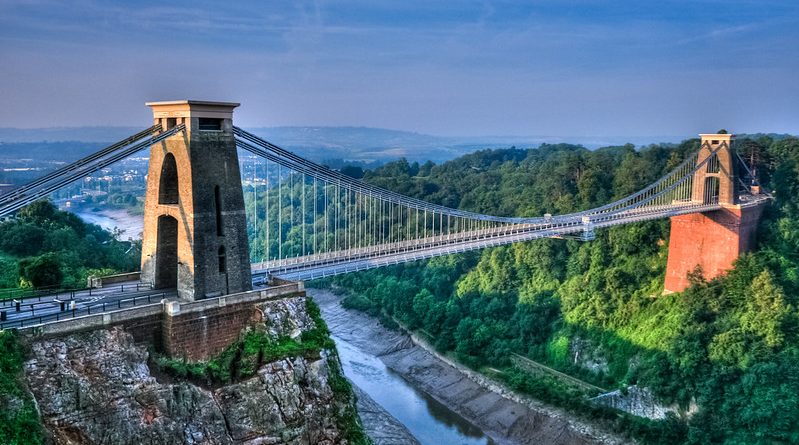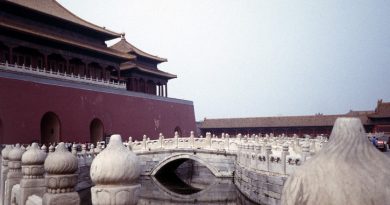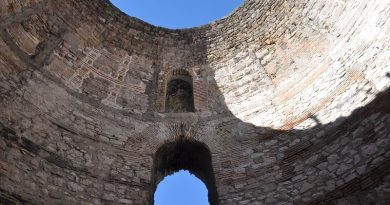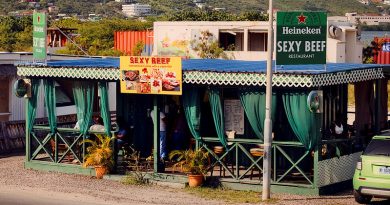The Clifton Suspension Bridge
The Clifton Suspension Bridge, spanning the picturesque Avon Gorge, is the symbol of the city of Bristol. For almost 150 years this Grade I listed structure has attracted visitors from all over the world.
Its story began in 1754 with the dream of a Bristol wine merchant who left a legacy to build a bridge over the Gorge. Twenty four year old Isambard Kingdom Brunel was eventually declared the winner and appointed project engineer – his first major commission. Work began in 1831 but the project was dogged with political and financial difficulties and by 1843, with only the towers completed, the project was abandoned.

Isambard Kingdom Brunel by the launching chains of the SS Great Eastern by Robert Howlett, 1857
Brunel died aged only 53 yrs in 1859 but the Bridge was completed as his memorial and finally opened in 1864. Designed in the early 19th century for light horse drawn traffic it still meets the demands of 21st century commuter traffic with 11-12,000 motor vehicles crossing it every day. Folklore says that a rope was taken across the gorge by kite, or even by bow and arrow!
The simple and much more likely event was that common hemp ropes were taken down the side of the gorge, across the river by boat and pulled up the other side. These ropes were used to haul 6 wire ropes across the Gorge, which were secured at both ends and tightened. The wire ropes were planked across and bound with iron hoops, making a footway. 2 wire handrails made up the sides and at head height there was another wire along which ran a ‘traveller’, a light frame on wheels that carried each link of the chain out to the centre. As well as being a walkway the wire bridge acted as staging on which the chain rested as new links were added. The temporary bridge was anchored by ropes to the rocks below to provide stability in winds. When the first chain was complete the second was built on top, then the third. With the chains complete vertical suspension rods were fastened to the chains by the bolts that linked the chains together. Two huge girders run the full length of the Bridge, visible to us today as the division between the footway and the road. 2 long-jibbed cranes (one on each side) were used to move 5m sections into place where they could be attached to the suspension rods. Cross girders underneath formed a rigid structure. The floor of the roadway was then put in place using Baltic pine timber sleepers. The chains and suspension rods are made of wrought iron. The piers (towers) are built principally of local Pennant stone. The Leigh Woods (south) pier stands on an abutment of red sandstone. The Bridge deck is made of timber sleepers, 5 inches (12 cm) thick overlaid by planking 2 inches (5 cm) thick. Since 1897 the deck has been covered with asphalt.
The accepted figure used for the total final cost in 1864 was almost £100,000.
We know of only 2 deaths during construction. In 1867 William Barlow who was one of the contracting engineers for the completion of the Bridge 1862-64, reported to the Institution of Civil Engineers that there had been two deaths during construction. This is the only documented record of which we are aware. Who the two poor souls were and what the circumstances of their deaths were we do not know.
The Bridge is constantly checked for fatigue and corrosion, and maintained accordingly. Provided maintenance continues at the present level and loading is not exceeded beyond the design limit there is no reason why the chains should not last for centuries to come – certainly well beyond the lifetime of anyone reading this!The Latin inscription ‘Suspensa Vix Via Fit’ at the top of the Leigh Woods pier has no literal translation but freely translated it can be said to mean “A suspended way (or road) made with difficulty”.
The unknown author of the Bridge line has used the word ‘suspensa’ to give it relevance and the word ‘vix’, pronounced ‘vicks’ in the Latin pronunciation is probably a play on words with the name of William Vick who first left money in his will for building a bridge. Puns of this kind were once common.
The state-of-the-art illumination system on the Clifton Suspension Bridge was formally switched on at a ceremony on Saturday 8 April 2006, the eve of the 200th birthday of Isambard Kingdom Brunel. Amazingly, it normally uses no more electricity than a detached house with its domestic appliances switched on.
Bungee jumping or abseiling from the bridge is, without exception, illegal so, however worthy your charity, don’t bother to try to get permission!
Essential info:
http://www.cliftonbridge.org.uk/




